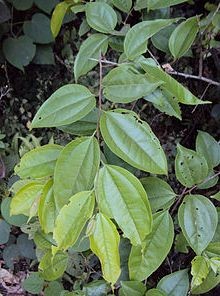Caucasian hackberry
(Celtis australis caucasica)

Description
Celtis caucasica, the Caucasian hackberry or Caucasian nettle tree, is a species of flowering plant in the family Cannabaceae. It is native to the Caucasus region, Central Asia, and on to the western Himalaya. Hardy to USDA zone 5b, it tolerates poor soils, drought, and nearby paving, and can be used as street tree. It is a nitrogen-fixer, in symbiosis with the mycorrhizal fungi Funneliformis mosseae and Rhizophagus intraradices. Celtis is a genus of about 60–70 species of deciduous trees, commonly known as hackberries or nettle trees, widespread in warm temperate regions of the Northern Hemisphere, in southern Europe, southern and eastern Asia, and southern and central North America, south to central Africa, and northern and central South America. The genus is present in the fossil record at least since the Miocene of Europe, and Paleocene of North America and eastern Asia. Previously included either in the elm family (Ulmaceae) or a separate family, Celtidaceae, the APG III system places Celtis in an expanded hemp family (Cannabaceae).The generic name originated in Latin and was applied by Pliny the Elder to the unrelated Ziziphus lotus.
Taxonomic tree:







